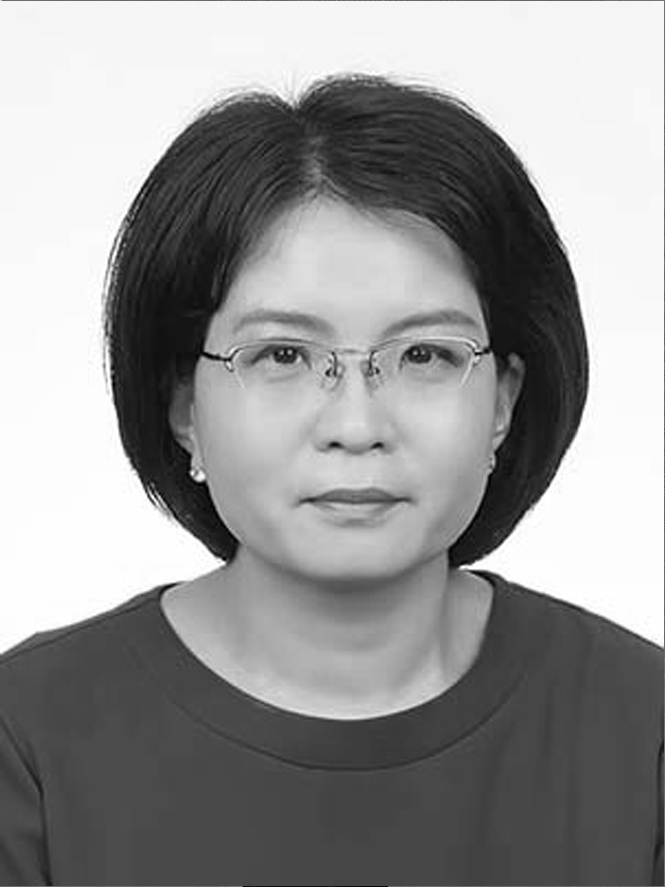수상자
임채연
숙명여자대학교 시각영상디자인
수상소감
평소 관심이 많은 창의 융합 디자인 분야 연구를 하면서 수상하는 영예까지 얻을 수 있어서 매우 기쁩니다. 개인적으로 큰 영광스러운 상을 주셔서 창의 융합 디자인 학회에 감사드립니다. 연구자로서 좀 더 진취적이고 열정적으로 학문 연구를 하라는 의미로 알고 앞으로 더욱 정진하겠습니다. 항상 좋은 조언해주시는 지도 교수님께 감사의 말씀을 드리며 이 모든 수상의 영광을 지도 교수님께 돌리고 싶습니다.
이력
숙명여자대학교 시각영상디자인 대학원 박사
논문
대학생의 창의 역량 고취를 위한 디자인 사고 기반의 디자인 툴킷 개발에 대한 연구
초록
4차 산업혁명 시대의 혁신적 과학 기술에 따른 인공지능의 발전 속에서 상대적으로 인간만이 가지고 있는 고유 영역인 창의성에 대한 관심이증대되고 있다. 이것은 미래의 일자리 환경에서 인간의 창의성은 인공지능의 진화에도 대체 불가능한 영역으로 중요시되기 때문이다. 이렇듯시대의 흐름에 따라 변화된 새로운 인재상이 요구되면서 이에 대한 교육적 대안으로서 디자인 사고를 활용한 창의, 디자인교육이 부각되고 있다. 이는 활동 과정과 결과에서 지식· 기술· 경험을 융합하고 활용하며 창의적 사고를 고취 시킬 수 있기 때문이다. 이에 본 연구는 대학생의 창의 역량 고취를 목적으로 디자인 사고(Design Thinking)의 프로세스를 기반으로 한 EME 수업 모형 및 EME 디자인 툴킷을 개발하고 수업에적용하였다. 이후 학습자들의 창의 역량에 어떠한 변화가 나타나는지 설문조사 및 TTCT 검사를 이용한 양적 분석과 면담 같은 질적 자료 분석을 통해 연구 결과를 알아보았다. 그 결과, 디자인 사고 기반의 EME 디자인 사고 툴킷 활동이 학습자의 창의 역량에 긍정적 영향이 나타났음을확인 할 수 있었다. 이러한 연구 결과를 토대로, 통합적이고 실천적인 창의 역량 고취를 위한 국내 창의, 디자인 수업 환경에 적합한 창의 학습프로그램으로써 EME 디자인 툴킷을 제안하는 데 의의가 있다. 이에 따라 향후 본 연구에서 제안한 EME 수업 모형 및 EME 디자인 툴킷을 기반으로 창의 학습 프로그램의 다양한 적용 가능성에 대해 모색하고자 한다.
Abstract
With the development of artificial intelligence through the application of innovative technologies in the fourth industrial revolution, interest in creativity, a unique ability that only humans are known to have, is increasing. This is because human creativity and creative thinking are considered irreplaceable in the future job market despite the rise of artificial intelligence. As demand for new talents in keeping with the times increases, creativity and design education using design thinking is emerging as an important field. This is because knowledge, technology, and experience can be combined and applied to the process and result of activities, encouraging creative thinking. Therefore, this study developed and applied an EME class model and an EME design toolkit based on design thinking to enhance the creative capabilities of college students. The results of surveys and TTCT tests were analyzed quantitatively through statistical analysis and qualitatively with interviews to measure changes in students’ creativity competencies. The results confirmed that the EME toolkit activities based on design thinking had a positive impact on the learners’ creativity capabilities. Based on these findings, this toolkit can be proposed as a creative learning program suitable for creative and design class environments to promote integrated and practical creativity capabilities. In the future, we would like to explore the applicability of creative learning programs based on the EME class model and design toolkit proposed in this study.
